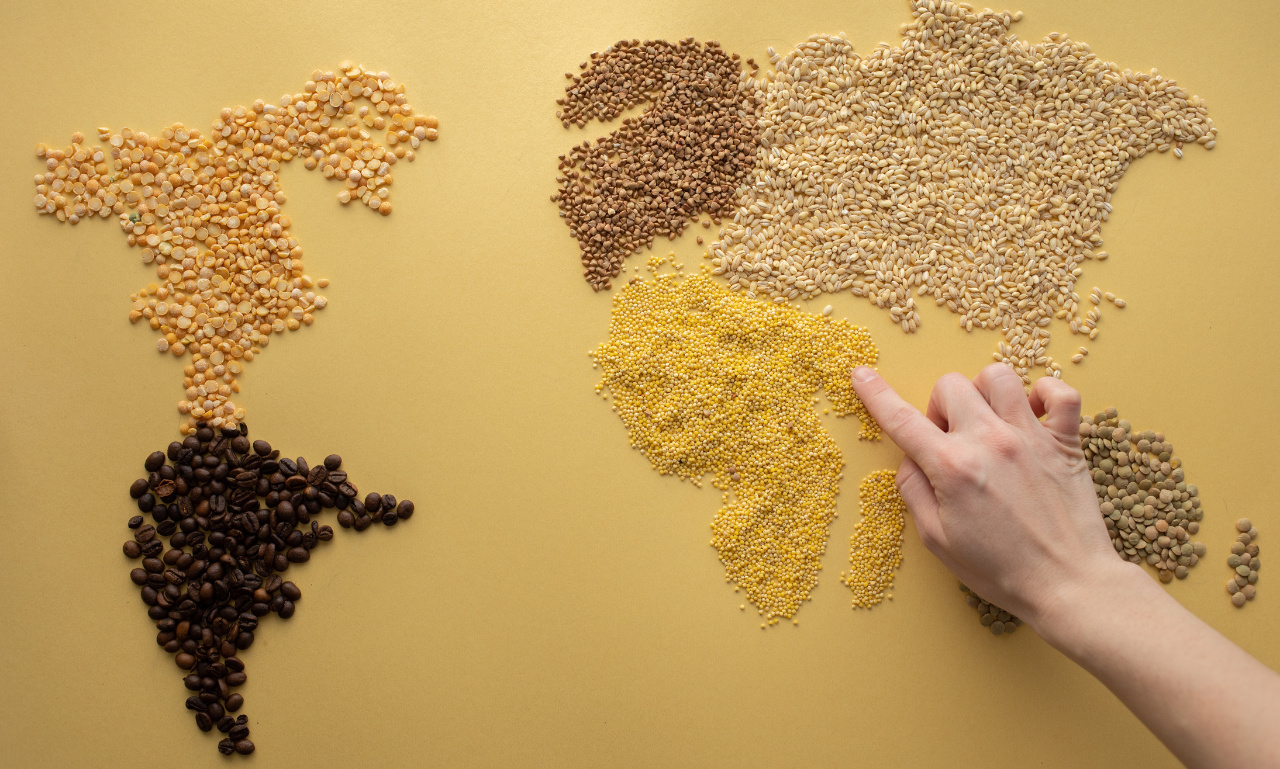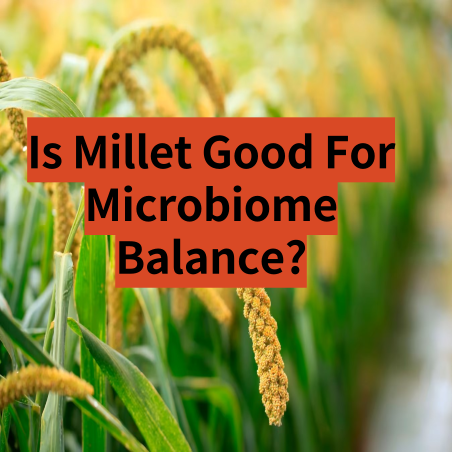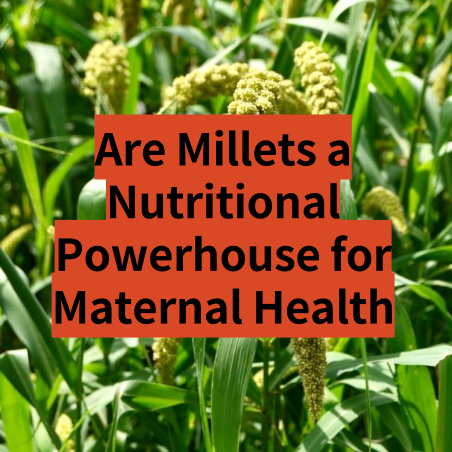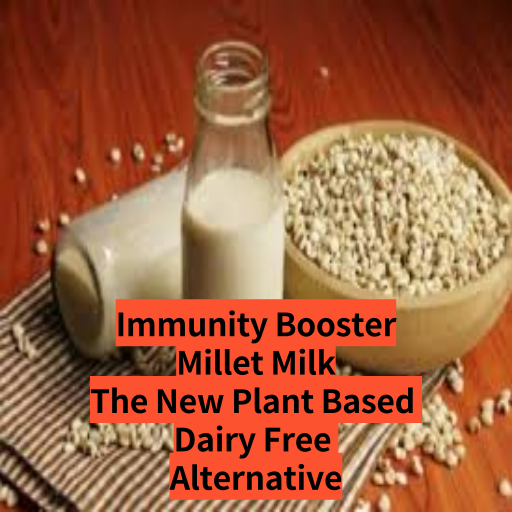Millet is a nutritious whole grain that offers many health benefits. To enjoy these benefits without experiencing any negative side effects, here are some tips:
How to Enjoy Millet Benefits

Start with small portions:
If you’re new to eating millet, start with small portions to see how your body reacts. Gradually increase the amount you eat over time.
Soak or sprout millet:
Soaking or sprouting millet benefits can help reduce its phytic acid content, which can interfere with the absorption of certain nutrients. Soaking or sprouting can also make millet easier to digest.
Cook millet properly:
Properly cooking millet benefits can help ensure that it’s easier to digest and doesn’t cause any digestive issues. Make sure to rinse millet before cooking it, and cook it in plenty of water.
Avoid processed millet products:
Many processed millet products, such as millet flour, can have added ingredients that may cause side effects. Stick to whole millet grains or minimally processed millet benefits products.
Balance millet with other foods:
While millet benefits is nutritious, it shouldn’t be the only food you eat. Make sure to balance your diet with a variety of foods, including fruits, vegetables, and protein sources.
Listen to your body:
If you experience any negative side effects after eating millet, such as bloating or gas, reduce your intake or avoid it altogether. Everyone’s body is different, and what works for one person may not work for another.
Best Ways to Eat Millet:
There are many delicious ways to eat millet. Cooked millet can be enjoyed as a side dish, just like rice or quinoa. You can season it with herbs and spices, or toss it with vegetables for a more flavorful dish. Millet can be cooked into a creamy porridge, similar to oatmeal. Mix cooked millet with your favorite milk, sweeteners, and toppings for a delicious breakfast or snack.
Millet benefits can be added to salads for a hearty and filling meal. Mix cooked millet with your favorite greens, vegetables, and dressing for a nutritious and flavorful dish.
Millet can be cooked into a pilaf with onions, garlic, and other vegetables. Add some broth or spices to make it even more flavorful. Millet flour can be used to make baked goods, such as bread, muffins, and pancakes. It can also be used as a gluten-free alternative to wheat flour.
Millet can be served as a side dish to accompany any protein like chicken or fish, or veggies. When cooking millet, it is important to rinse it thoroughly and soak it for a few hours before cooking to improve its digestibility and nutrient absorption.
Right Time to Eat Millet:
There is no specific time to eat millet. Millet can be consumed at any time of the day, depending on personal preferences and dietary needs. Millet can be a nutritious and filling breakfast option. Enjoy cooked millet with milk, honey, nuts, and fruits for a delicious and energizing meal to start your day.
Millet can be incorporated into lunch in a variety of ways, such as in salads, pilafs, or as a side dish to accompany your protein and vegetables. Millet can be used as a side dish for dinner, just like rice or quinoa. It can also be added to soups or stews for a more filling meal.
Millet benefits porridge or millet-based snacks like crackers or energy bars can make for a healthy and satisfying snack between meals. It’s important to note that millet is a complex carbohydrate, which means it takes longer to digest, making it a good choice for sustaining energy levels throughout the day. However, if you have any digestive issues, you may want to consume millet earlier in the day to allow enough time for digestion before bed.
Millets are Safe to Use:
Millets are generally considered safe to use as a food source. In fact, millets have been consumed as a staple food in many cultures for thousands of years. Millets are naturally gluten-free and can be a healthy and nutritious addition to most diets. However, some people may have allergies or intolerances to millets, just like with any other food. If you have a known allergy or intolerance to millets, it’s best to avoid consuming them or speak with a healthcare professional before incorporating them into your diet.
Additionally, it’s important to note that millets contain phytic acid, which can interfere with the absorption of certain nutrients. Soaking, sprouting, or fermenting millets before consuming them can help reduce the phytic acid content and improve nutrient absorption. Millets are safe to use as a food source for most people, and can provide a variety of health benefits when consumed as part of a balanced and varied diet.
Millet in form of Multigrain:
Incorporating millets in the form of a multigrain mix can be a great way to boost the nutritional value of your diet. Look for a multigrain mix that includes a variety of grains, such as millet, quinoa, amaranth, and buckwheat. This will ensure that you are getting a range of nutrients and a good balance of carbohydrates, protein, and fiber.
Make sure to check the ingredients list to ensure that the multigrain mix you choose is made up of whole grains and doesn’t contain any added sugars or preservatives. Use the multigrain mix in a variety of recipes, such as porridge, salads, soups, or as a side dish to accompany your meals.
You can also use the mix as a base for baking bread, muffins, or other baked goods. Soaking or sprouting the grains in the multigrain mix can help improve their digestibility and nutrient absorption. Simply rinse the grains, cover them with water, and let them soak or sprout for several hours or overnight. Store the multigrain mix in an airtight container in a cool, dry place to ensure that it stays fresh and doesn’t go rancid.
Incorporating millets in a multigrain mix can provide a range of health benefits, such as improved digestion, increased energy levels, and a lower risk of chronic diseases. However, it’s important to ensure that you are still consuming a balanced and varied diet that includes a range of other nutrient-dense foods.
Conclusion:
Millet benefits can be a healthy addition to your diet, but it’s important to enjoy it in moderation and pay attention to how your body reacts. Visit us for more details.













